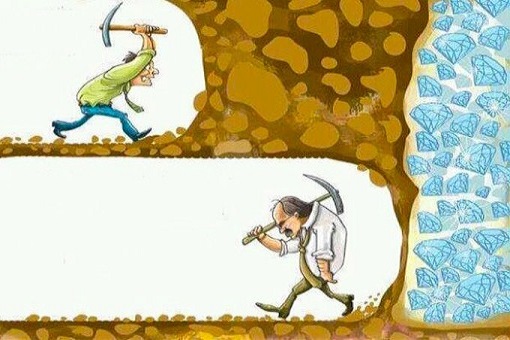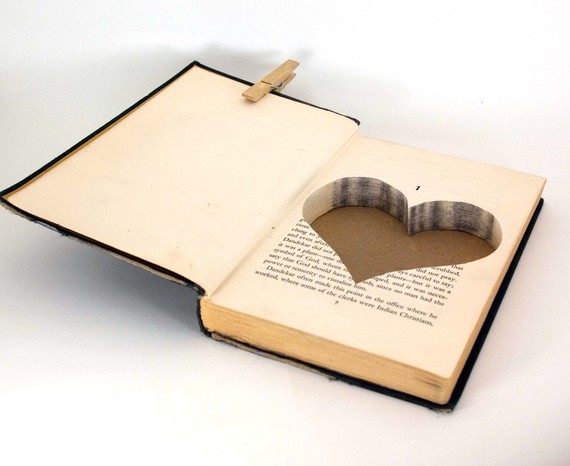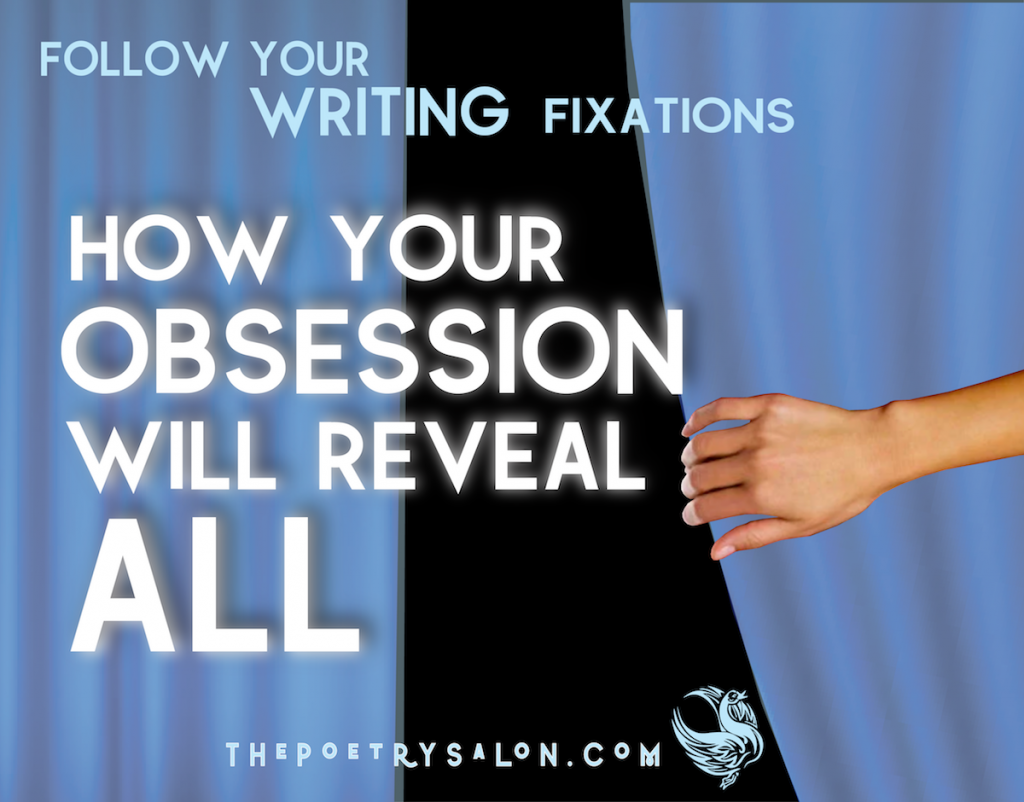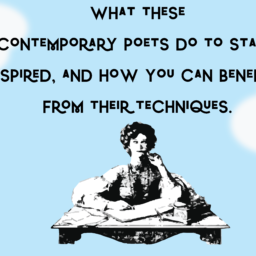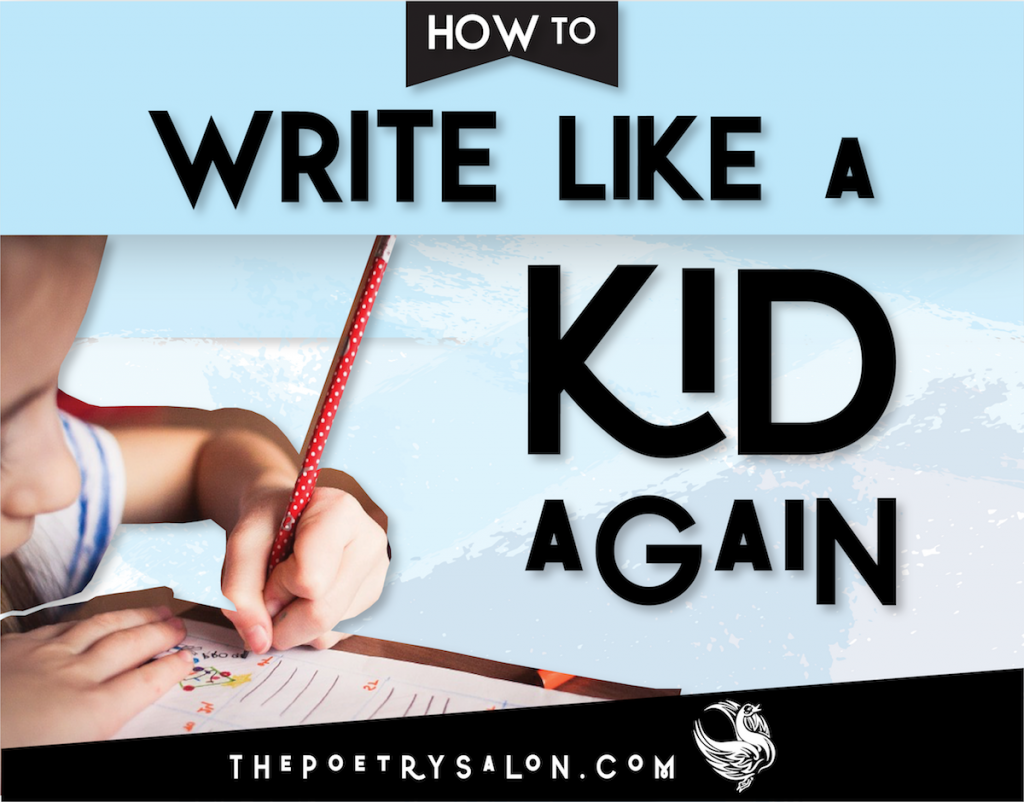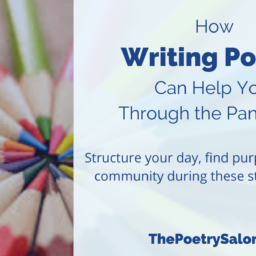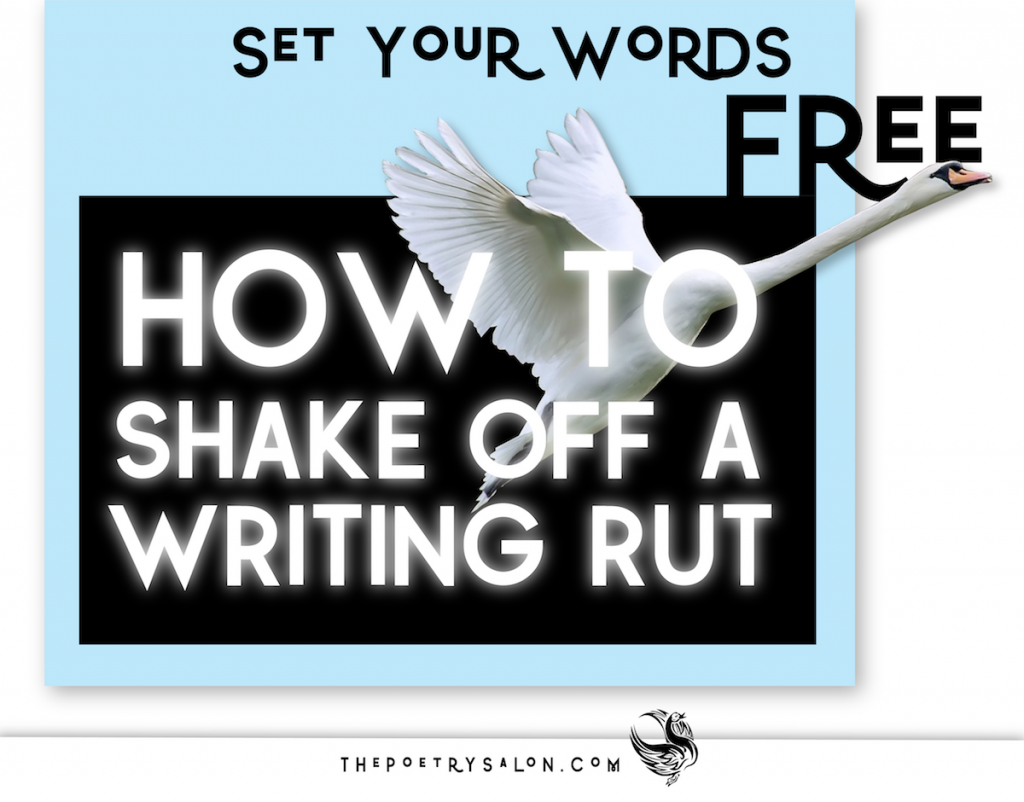What I Learned from My Interview with Jon Pearson
I’ve always been jealous of my cousin, the multi-award-winning-writer, Jon Pearson. His work is always so original and engaging, full of what he himself has termed, “Flights of fancy and depths of emotion.” As a writer myself, I feel like I’m always wishing I could be a little wilder in my thinking, a little more original. Fortunately, Jon is a very generous teacher. When we interviewed him for “The Poetry Saloncast”, he provided some valuable insight into just how he takes off into those flights. What I want to offer in this recap is a better understanding about just how he glides freely through that ample brain of his, and how you can too.
What’s special about Jon Pearson’s Writing
The first thing you will note about Pearson’s writing is that it is highly imaginative. Even though it is often rooted in reality, the observation of something true and mundane that “really did happen”, the speakers of his stories and flash fiction pieces often use those “real” observations to jump off into a world of associations and fantastical story-inventings that defy reality and logic. Take, for example, these lines from “What I Love About Women”
I like that women are soft, like flowers, begonias, after a rain, smooth and supple. Whereas men are like hiking boots, women are like rainbows, playful and evanescent, ferried aloft on unicorn breath. Whereas men are like peanut butter jars full of loose change, women are forests within forests, rolling hills, massive rises, sudden drops, valleys, crevices, inlets, outlets, glades, rushes, freshets, bevies, hamlets, slopes and eddies, a titty-slorping, shimmy-shammying, frickle-frackle of sugar and spice and everything nice. Whereas men are pretty much a bucket of oil rags.
Notice all of the similes he makes. All of the “hypothetical” could be’s he postulates. I think if I were to cull down to a simple sentence what makes Pearson’s mind unique it’s that he thinks not only in “what is” but “what could be” or “what this reminds me of.” And for him, the answers are as limitless as the imagination of an eight-year-old boy.
Learn to Play – and Trust Your Playtime.
Jon still thinks like an eight year old, or at least that’s what his writing suggests. Finding the freedom to write like this took time, practice, and granting himself lots of permission. If I could boil down what I learned from our interview with Jon into one word it would be this – Play! And if I could break it into three words, it would be trust your play. Trust your imagination; trust your unconscious mind. As Jon says, “Your mind has a mind of its own, and that mind is a genius.”
Incidentally, a lot of what Jon had to say in our interview is backed up by science. A quick search on the benefits of play will turn up an impressive bevy of hits, including Stuart Brown’s TED talk, “Play is More than Fun”.
Draw on the Non-Verbal Arts
It would be easy to think that all of this comes easily to someone like Jon- that he was simply touched with the gift. However, Jon says that for years he hated writing, mainly because of the way that it was taught to him in school. He was worried about doing it “well.” He was concerned about the writing making “sense.” For much of his life Jon hated to write, but loved to draw, and eventually the flow and ease of drawing helped make him a better reader, writer, thinker, and speaker. Years later this resulted in his book, Drawing on the Inventive Mind.
(More on that in the compendium drawing-writing-drawing exercise forthcoming).
DON’T Make Sense
One day, in his forties, while Jon was slamming his van door (he had a Chevy Astro van at the time) the phrase “He lived in Edward G. Robinson’s head…” popped to mind. (Edward G. Robinson was an actor who used to play gangsters in the thirties and forties.) The phrase just popped into his head and Jon started writing. He wrote an eight-hundred-page novel about a guy who lived in a stucco replica of Edward G. Robinson’s head on Gangster Lane in an amusement park. It was an absurd premise but it allowed him to just write. And anytime he got stuck or hit a wall he just thought – Hey, it doesn’t have to make sense – and he would blast through the wall. He wrote about life, death, bugs, electric chairs, life on mars, the sex life of flies, alcoholic clowns, bearded lady bus drivers, the works. And it was utterly freeing. Writing in school had always been deathly competitive. He realized that while talent might want to “do well” and “look good” – genius didn’t give a damn. It just wanted to break some rules and have some fun.
Practice “Play Time” Every Day.
Jon continues to be a prolific cartoonist. He draws a little card every morning for his wife, Elya. The card contains a picture and a paragraph-long story about what is triggered by the picture. The drawing always comes first. Again, Jon says it’s his experience with drawing (following the non-verbal impulse) that feeds his writing. “After years of letting my mind go by drawing and doodling odd and richly-detailed things… my mind got good at free associating, and not just good at it, but hungry to do more of it.” If you read his writing, you can see that free-association at work in miraculous ways. Jon gave us a dramatic demonstration of his rapid-fire word flow in process.
…And then the toreadors ate themselves down into small practiced bits not knowing where the sun would come tomorrow, but only wondering if Thursday’s lined up, you know like a Thursday might want to, if it were in its underpants at the GOP Department of Education wanting to get drafted, standing around at the Oakland Army Induction Center. The blonde floorsnotwithstanding.
He doesn’t plan what he wants to write, and he doesn’t do it for the publications or the applause. In fact, he had written three full books and three-hundred short stories before he even considered getting any of them published. Thanks to the encouragement of his wife, Elya Braden, author of the chapbook Open the Fist, he did finally start getting his stories “out there” ten years ago. Since then he’s been widely published and been nominated for a 2016 and 2014 Pushcart Prize and a 2014 Million Writers Award, and has established a website, jonpearsoncreative.com.
His main motivation for writing remains, not fame or the approval of others, but the freedom he feels in creating itself, using his imagination to do what cannot be done in real life. In our interview he compares it to being four years old again, up in his room, playing with toy soldiers. Asked, “What did you do today,” by his parents he can respond, “I saved the world. What did you do?”
How You Can Play More – And More Creatively Too!
Pearson says first he needs to give himself a safe space for writing. It’s often a café (but you can try this at home if that’s where your space is). Then start from a place of wonder with what you have. Below are some pieces of advice I took away from our interview.
- Start from ‘I’m amazing’, and since I’m amazing I don’t know what’s going to come out of my head. This has nothing to do with ego. This has to do with the fact that your brain actually is amazing and that 99% of what you think is unconscious anyway, so play!
- Don’t wait for your head to come up with ideas. It has ideas all around it, like birds fluttering about. And your head is a bird feeder, and the birds will come to that bird feeder if they know they’re welcome.. And if you spend all your time doing practical, left-brained stuff – the creative birds (ideas) circling your head may never feel wanted.
- Don’t ask if your work is “good” or “bad.” Just keep at it. If you’re having fun do you ask yourself if you’re doing a good job or not? Not that writing is always “easy” or that things always flow. It isn’t and they don’t. But the idea is to just do it. And do it. And find a joy in it.
- You don’t have to “do well” or even “make sense” to find joy in what you’re doing. And the joy is what brings the freedom, safety, and courage to keep going. It’s also what taps the genius of your unconscious mind, the mind beneath your mind.
Like all things that are really wise, I felt like Jon’s advice was “simple” but not “easy” necessarily. Getting past the bully of trying to do well, getting past my own stale thinking, and trying to have “fun” while I was in the midst of trying to be a “good” writer was challenging to me, even though my mantra for so many years has been exactly what Jon teaches. But one exercise I’ve never actually practiced from this list is the one about drawing… So, after our interview I took myself down to a local café with pen and paper and a free hour and gave it a shot. The results were enlightening, and I’d like to share them with you.
So, I created a little guided drawing-writing-drawing assignment of my own from it. Subscribe to our newsletter, and you’ll get it for free : )
To find out more about Jon Pearson, his work, his writing, his art, and his public speaking services, check out his website jonpearsoncreative.com
